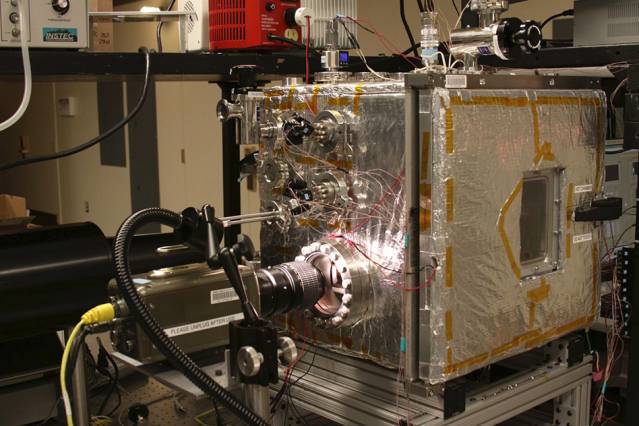
Scientists from the Massachusetts Institute of Technology (MIT) have demonstrated a way to generate small amounts of electricity from water droplets that can power electronic devices.
The scientists claim that water condensing and jumping from a superhydrophobic surface can be harnessed to produce electricity.
The research was carried out by postdoctoral student Nenad Miljkovic, associate professor of mechanical engineering Evelyn Wang, graduate student Daniel Preston and former postdoc student Ryan Enright.
The researchers claim that the charging device can be developed with a series of interleaved flat metal plates made of cheaper aluminium.
During initial testing, the device generated ‘vanishingly small’ – just 15 picowatts, or trillionths of a watt, per square centimetre of metal plate.
But subsequently the researchers scaled up the power generation to at least 1 microwatt, or millionth of a watt, per square centimetre.
The latest discovery is based on Miljkovic and Wang’s 2013 study in which they found that water droplets spontaneously jump away from superhydrophobic surfaces during condensation and published the finding in journal Applied Physics Letters.
Miljkovic said: "For powering remote, automated environmental sensors, even a tiny amount of energy might be sufficient; any location where dew forms would be capable of producing power for a few hours in the morning.
"Water will condense out from the atmosphere, it happens naturally. The atmosphere is a huge source of power, and all you need is a temperature difference between the air and the device."
The project was supported by MIT’s Solid-State Solar-Thermal Energy Conversion Center (S3TEC), funded by the US Department of Energy; the Office of Naval Research; and the National Science Foundation.
The experimental chamber setup. Photo courtesy of Nenad Miljkovic and Daniel J. Preston/MIT






